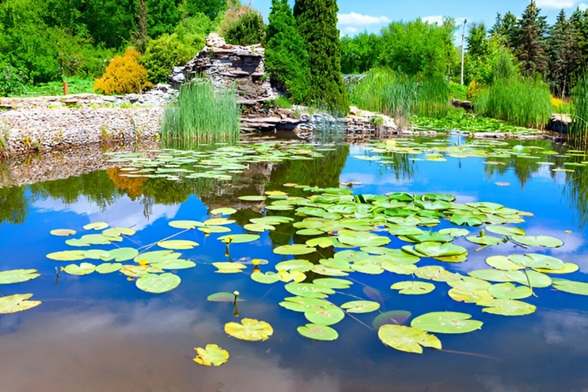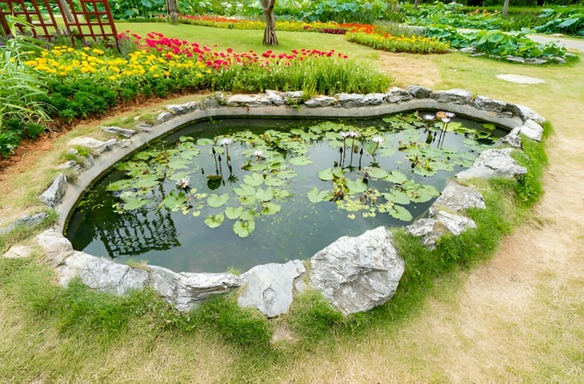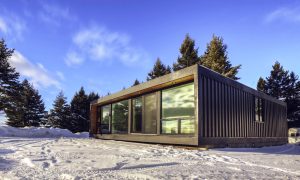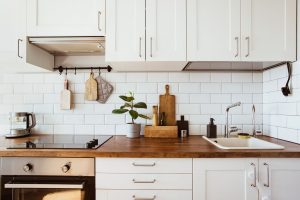Ponds are the adorable feature you will find in many gardens, giving beauty, calm, and a home for wildlife. When planning a pond or changing one, knowing what decides the size is key to creating a good water world. From the space you have to the plants and animals you want, each part helps decide how big your pond needs to be.
Use of the Pond
Why you build the pond is big in deciding its size. Is it just for looks, a home for animals, a koi pond, or for swimming? A small pond for show might be only 4 to 6 feet wide, but a koi pond needs more room for big fish, filters, and air systems. For koi or large fish, the pond should be 3 to 4 feet deep, with space for 1,000 to 2,000 gallons or more.
Besides, pond size requirements also depend on filtration and aeration implementation. Evolution Aqua air pumps prove popular for pond keepers in UK because they maintain water oxygenation while sustaining aquatic health in big facilities or dense tank populations. The air pumps demonstrate exceptional reliability and performance levels which make them appropriate for both casual hobbyists and expert pond keepers. The local pond owners in South London often seek assistance from That Pond Guy who operates from Kent to identify appropriate solutions particularly regarding customized pond equipment specific to their water features.
Space and Landscape
The space you have in your garden or land affects pond size a lot. Small city gardens might only fit a little pond from a mold, but large places can have big, custom ponds. Think about the land’s shape and how the pond will fit with things like patios, trees, or plants. Bumpy land or utility lines nearby can affect where and how you build your pond.

Weather and Environment
Where you live affects pond size too. In hot places, water dries up fast, so a bigger pond helps keep water levels even. In cold zones, deeper ponds keep from freezing in winter, letting fish and useful bacteria live. Wet areas may need more ways to drain water, while dry spots might need plans to save water, changing the pond’s size or shape.
Type and Number of Fish
If keeping fish, like koi or goldfish, is your aim, this will change how big the pond needs to be. Fish need space to swim and stay healthy. Too many fish make water bad and mean more work. A simple rule is 250 gallons for each grown koi and 50-100 gallons for each goldfish. The more fish you have, the bigger the pond must be in both area and depth.
Care and Cost
How much time and money you can spend also affects pond size. Big ponds are more stable but need more work and money for tools, liners, plants, and upkeep. Smaller ponds are easy to build and care for, but they can get messy fast with algae or leaves. Think about your time and budget to find the best pond size for you.
Growth and Change
Think about if you might want to make the pond bigger later. Starting with a good size that you can add to later gives you room to grow. Some pond makers leave space around the pond for future things like waterfalls, more plants, or bigger areas for water life.
A pond that is sized right is useful, beautiful, and healthy for nature. By thinking about climate, space, and fish plans, you can make a pond that lasts and brings joy for years ahead.




